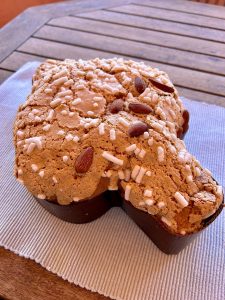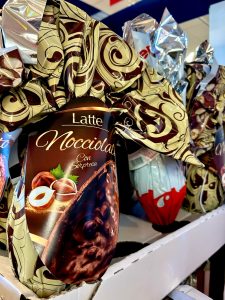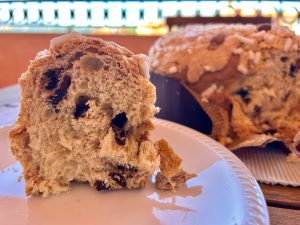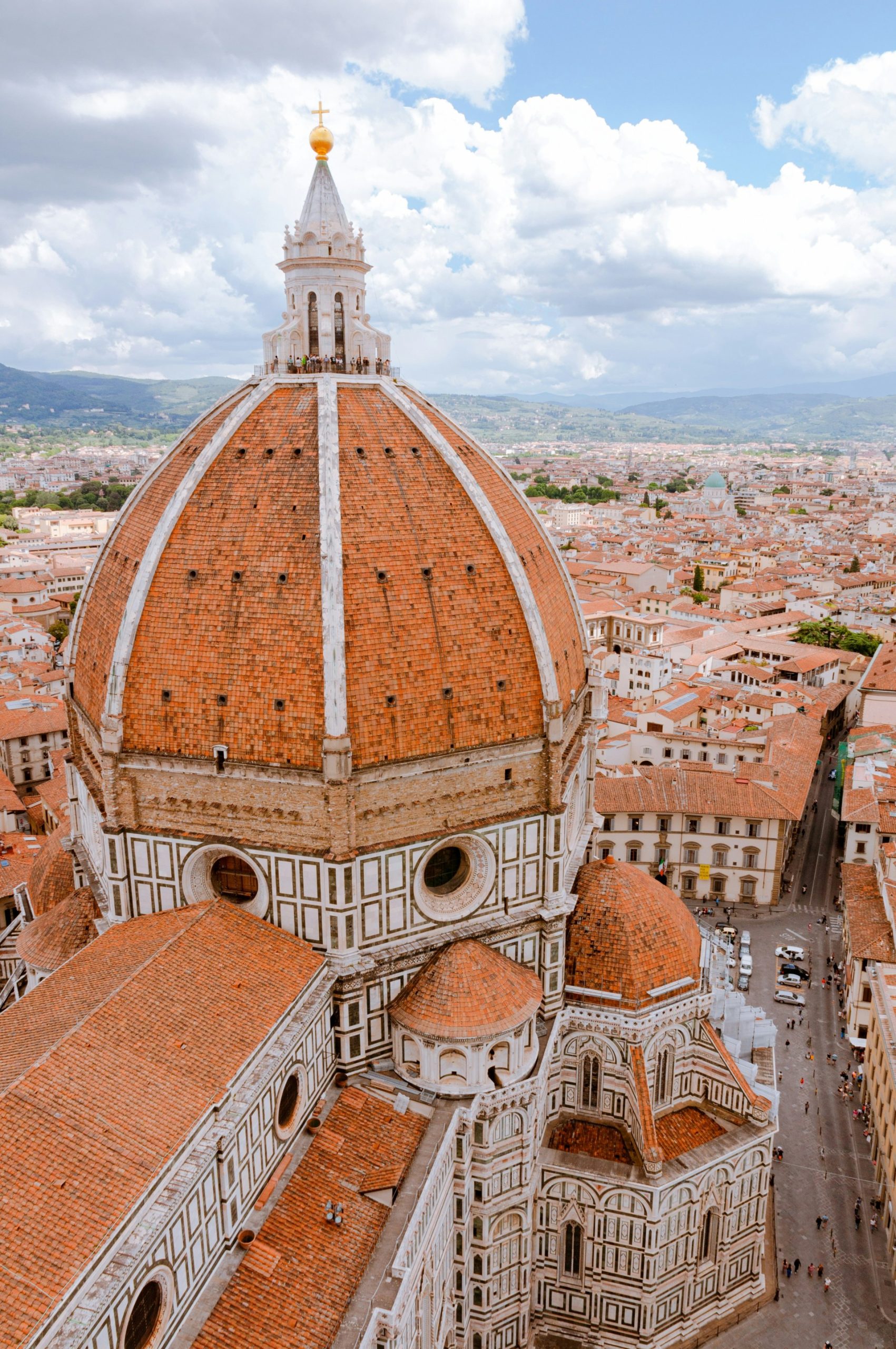Chocolate Eggs and Colomba Cake History
Posted on
Easter is on the way and in Italy it’s not a real Easter without the Chocolate eggs and the Colomba cakes – meaning Dove – on Italian tables! Both symbols of rebirth and peace.

In ancient times, at the beginning of spring, the Egyptians and Persians would exchange eggs as a sign of rebirth. This custom continued in ancient Greece and reached as far as China, always linked to the change of seasons.
In the 18th century, specifically at the court of the Sun King, the tradition of the chocolate egg was introduced, when Louis XIV commissioned the court confectioner to make eggs in cocoa cream to amaze his guests.

The credit for the invention of the surprise, goes to a Dutch confectioner, who in 1828 created a mould which was large so that it could contain an object.
However, legend has it that in 1700 in Turin the custom of placing a gift inside the chocolate eggs was already in place, and that the fashion for the surprise was initiated in Italy.

On the other hand, the history of the colomba cake, also known as the ‘spring panettone’, dates back to the 1930s and the credit goes to Dino Villani, who created the Motta logo and managed to keep production in the factories active beyond the Christmas period.
He created a dove-shaped cake using the same dough as the panettone and it was an immediate success. The first to follow in the footsteps of the Motta company was Vergani, from Milan, who made popular the Easter cake particularly after the First World War.
Traditionally, the main ingredients of the Easter colomba have always been the same: eggs, manitoba flour, butter, milk, sugar, lemon and orange peel, fresh yeast and to top it all off, almonds and granulated sugar.


